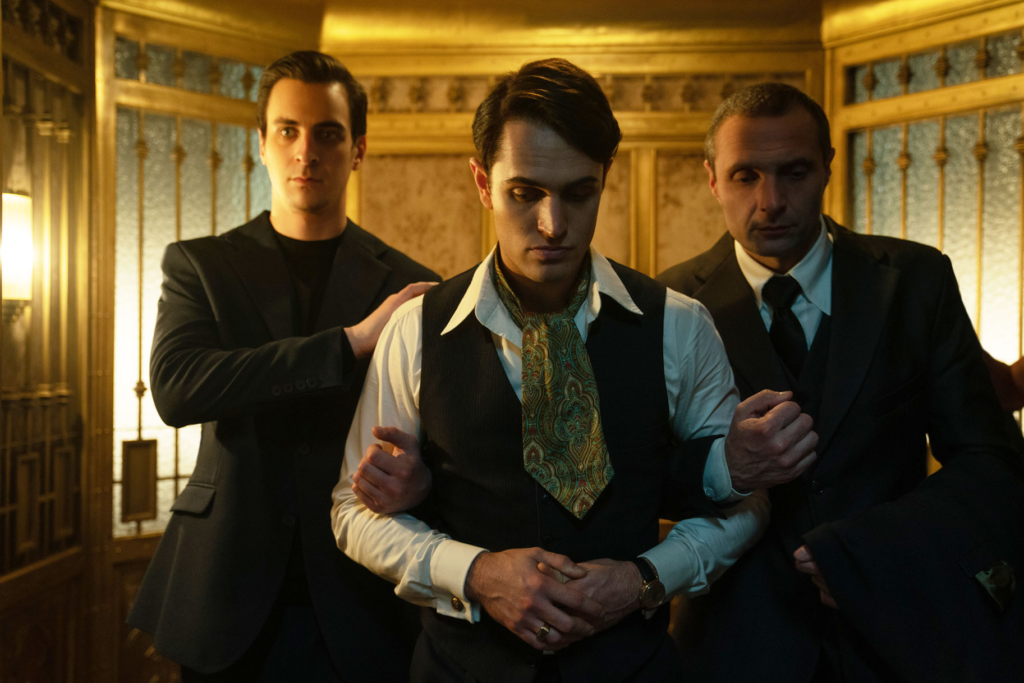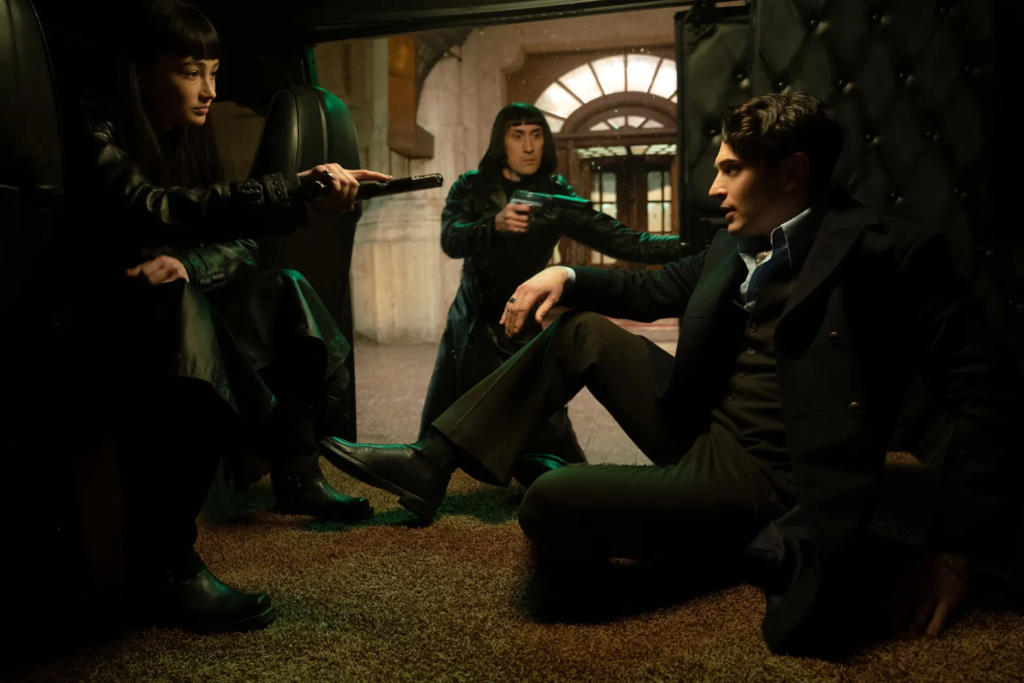The Continental sound team discussed their meticulous sound design, maintaining authenticity and continuity with the John Wick universe.
The sound team responsible for bringing the thrilling world of The Continental to life on Peacock’s streaming platform recently shared their secrets and insights into the creation of the show. Keanu Reeves’ iconic John Wick franchise, known for its intense action sequences and captivating storytelling, has expanded into the realm of television with The Continental.
Let’s explore seven intriguing secrets revealed by Luke Gibelon, the supervising sound editor, and Joe Barnett, the re-recording mixer, as they shed light on the art of sound design in the John Wick universe.
1. Crafting the Action Sequences

The Continental is not short on action, and the sound team faced the challenge of effectively conveying the intensity and complexity of these sequences. Luke Gibelon explained their meticulous approach, emphasizing the importance of precision violence. They carefully select and place sounds to match the choreography, ensuring that the audience can fully comprehend the action on screen. The team works frame by frame to orchestrate every sound, resulting in a seamless and immersive experience.
Joe Barnett compared his role to that of a director of photography, focusing on selective sound elements to maintain clarity and impact. The precision and forethought in sound design are crucial to bringing the action-packed world of The Continental to life.
2. Avoiding Overloading Action Scenes
With the show’s action sequences being central to its appeal, the team faced the challenge of avoiding sensory overload. Barnett discussed the importance of creating peaks and valleys in the sound mix to keep the audience engaged. By strategically introducing quiet moments amid the chaos, they ensure that the sonic experience remains captivating without overwhelming viewers.
Gibelon added that excessive sound layers can muddy the overall experience. They focus on using sounds that support the story and eliminate elements that do not contribute to the narrative. Maintaining this balance is essential to keep the audience immersed in the world of The Continental.
3. Authenticity of the Time Period

The Continental is set in a specific time period, and the sound team took meticulous steps to ensure authenticity. Gibelon pointed out that they paid close attention to details like the sounds of vehicles, which were characteristic of that era. They aimed to capture the essence of the time by avoiding anachronistic sounds.
The team even delved into extensive research, as illustrated by a discussion about OSHA beeps, to ensure that all elements in the show were true to the chosen time period. This dedication to historical accuracy is evident throughout the series.
4. Recreating Exterior Soundscapes
Many exterior locations in The Continental are recreated on soundstages. Gibelon and Barnett faced the challenge of making these soundscapes feel authentic. They emphasized the importance of creating an immersive and dynamic environment, with an emphasis on organized chaos.
Despite the complexity of the soundscape, clarity remained a top priority. The team ensured that the intelligibility of dialogue was maintained, even amid the bustling exterior settings. This balance between chaos and clarity contributes to the show’s overall impact.
5. Original Sounds vs. Post-Production

Creating the sound for a project involves a combination of original sounds recorded during filming and additional sounds added in post-production. Barnett explained that most of the action-related sounds are replaced in post-production. However, approximately 90% of the dialogue remains from the original on-set recordings.
Gibelon noted the role of a loop group, which adds background sounds and voices to enhance the realism of scenes. This meticulous approach ensures that the audio elements align seamlessly with the visuals, contributing to the immersive experience.
6. Maintaining Consistency with John Wick
The Continental exists within the same universe as the John Wick films, and maintaining consistency was a priority. Gibelon highlighted their commitment to creating an otherworldly atmosphere, even in seemingly natural settings. They added unique tones and sounds to maintain the distinctive John Wick ambiance.
Barnett emphasized that stylistic similarities in the action sequences and the music-driven approach help bridge the two projects. Despite the show being a prequel set in a different time period, the continuity in sound elements ensures a cohesive experience for fans of the franchise.
7. Crafting Unique Soundscapes

Two intriguing characters in The Continental are the assassin duo, Hansel and Gretel. To make them even more menacing, Gibelon revealed that they removed efforts (grunts and localized exertions) during their fight scenes, giving the impression that the characters were not out of breath, enhancing their lethality.
Barnett added that they selectively used leather creaking sounds to emphasize the duo’s movements. This attention to detail contributed to making Hansel and Gretel even creepier and more enigmatic.
